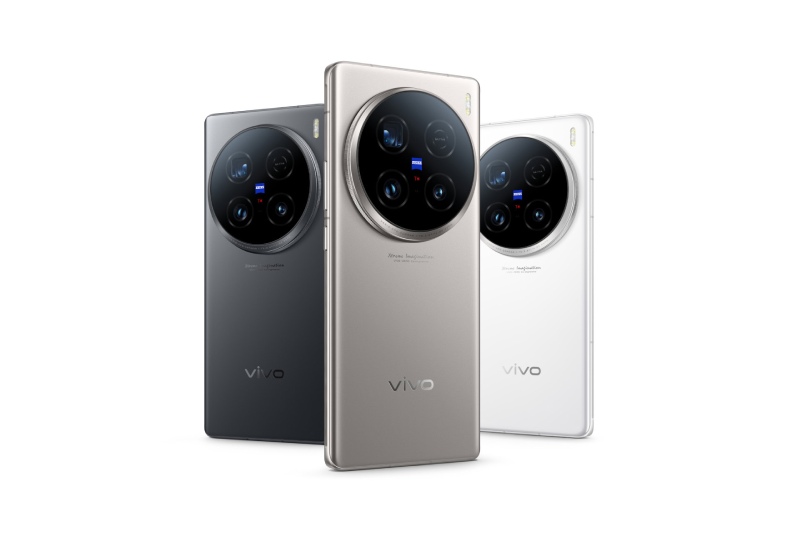The X100 Ultra has been formally announced by Vivo in China.
At CNY 6,499 (about $898), the new Android phone is being heralded as the company’s greatest camera flagship to yet.
On its back panel, the X100 Ultra features a 1/1.4-inch telephoto sensor, a first for the industry.
The X100 Ultra has Superior Camera Specifications
Co-developed with Samsung, the 200MP HP9 telephoto sensor on the X100 Ultra has an f/2.67 aperture and an equivalent focal length of 85mm.
A 50MP Sony LYT-900 primary camera and a 50MP LYT-600 ultrawide camera round out this sensor.
To improve its camera skills even more, the phone has a 50MP selfie camera.
The Telephoto Sensor on the X100 Ultra Provides Superior Imaging Capabilities
With ZEISS T coating and ZEISS APO certification, the 200MP telephoto sensor of the X100 Ultra guarantees high-quality photos with less glare and fringe.
The periscope sensor has an industry-best CIPA 4.5 stabilization system and 3.7x optical zoom.
Additionally, this is Vivo’s first Android phone to feature the BlueImage algorithm, which purportedly fixes typical image-capturing problems like controlling lighting behind focused subjects and maintaining details in low light.
The X100 Ultra has Advanced Features Beyond its Camera
In addition to its exceptional camera capabilities, the X100 Ultra is equipped with a 6.78-inch E7 LTPO AMOLED display that has a resolution of 1440×3200 pixels and a peak brightness of 3,000 nits, both from Qualcomm.
A 5,500mAh battery that can be charged physically (80W) or wirelessly (30W) powers the device.
It is powered by OriginOS 4, an Android 14-based operating system, and it can communicate via two-way satellite in China in addition to 5.5G.
There Are Two X100 Ultra Models with an Optional Camera Kit
The X100 Ultra comes in two flavors: CNY 6,499 (about $898) for the entry-level model with 12GB of RAM and 256GB of storage, and CNY 7,999 (roughly $1,105) for the top model with 16GB of RAM and 1TB of storage.
For CNY 350 (about $48), Vivo now sells an optional SmallRig camera kit that turns an Android phone into a DSLR-like gadget.
Vivo hasn’t yet disclosed the cost or availability for overseas markets, though.


